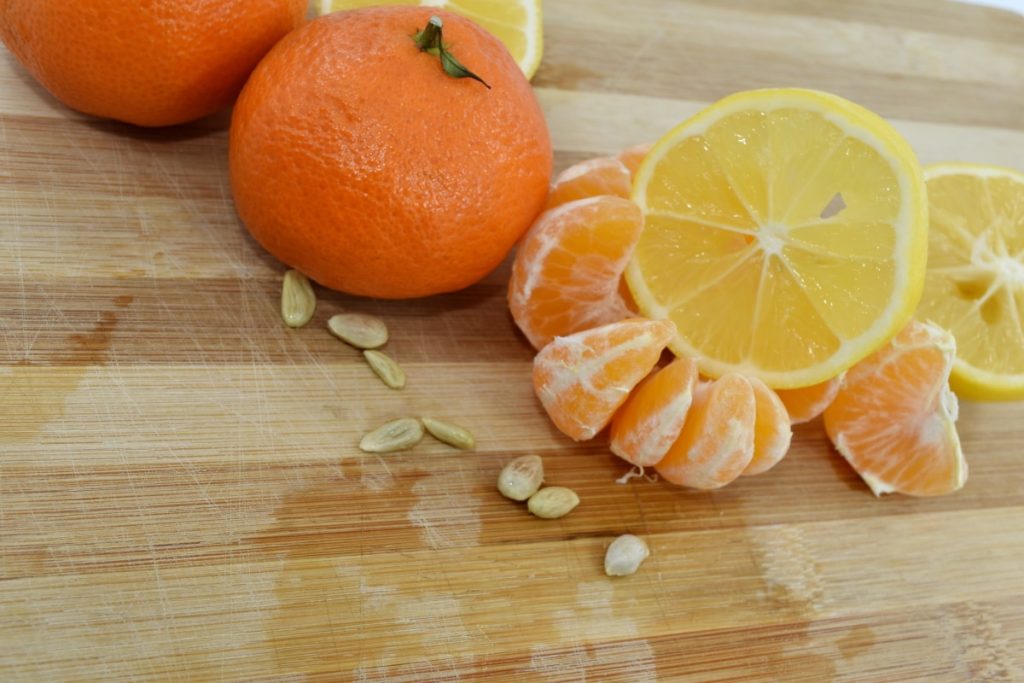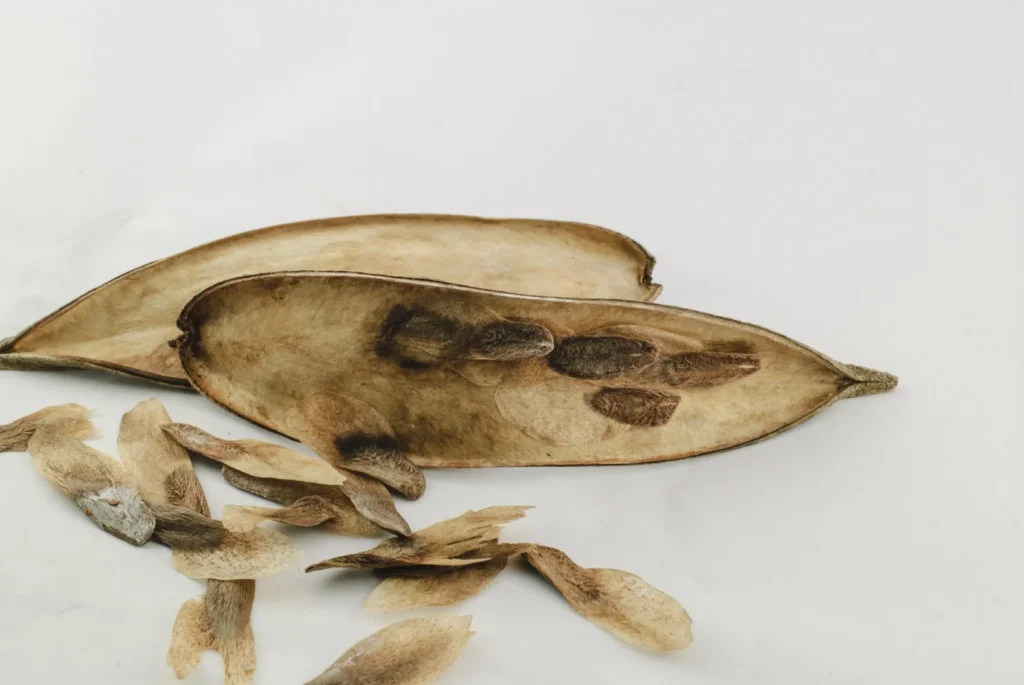Dragon fruit, known as pitaya as well, is a tropical delight that’s loved for its unique look and health perks. But like many plants, it can fall sick with various diseases that can slow its growth and mess with the fruit quality.
If you love dragon fruit or grow it, it’s super important to know about these sicknesses. Taking steps to prevent them keeps your dragon fruit plants happy and fruitful.
This guide talks about five usual dragon fruit diseases and shares prevention tips. Follow this advice to keep your dragon fruit plants in tip-top shape and enjoy tasty, healthy fruits.
Table of Contents
- Why You Need to Know About Dragon Fruit Diseases
- 1. Spot and Stop Diseases Early
- 2. Bigger Harvests
- 3. Save Your Money
- 4. Be Kind to the Environment
- 5 Dragon Fruit Diseases to Watch For
- 1. Anthracnose
- How to Stop It:
- 2. Stem Canker
- How to Stop It:
- 3. Bacterial Soft Rot
- How to Stop It:
- 5. Root Rot
- How to Keep It Away and Fix It:
- More Things That Can Hurt Dragon Fruit
- To Finish Up
- FAQs
- How do you treat dragon fruit disease?
- What are the common diseases in dragon fruit?
- What bacterial disease is in dragon fruit?
- What is the best fungicide for dragon fruit?
- Can fungicide be used to treat dragon fruit?
- What causes dragon fruit leaves to turn yellow?
Why You Need to Know About Dragon Fruit Diseases
If you’re into gardening, knowing the diseases that can hit dragon fruit is a big deal. Stopping these diseases can make your garden better in several ways.
Here are some key reasons why it’s important to understand these plant diseases:
1. Spot and Stop Diseases Early
Get to know the signs and symptoms of different dragon fruit diseases. This way, you can catch them early and prevent them from getting worse.
Acting quick keeps your plants from getting really sick and helps them stay healthy.
2. Bigger Harvests
Plants that feel good give more fruit. By keeping diseases away, your dragon fruit can give you more and better fruits.
3. Save Your Money
Fighting off diseases can get expensive with all the chemicals you might need. By stopping sickness before it starts, you won’t have to spend as much on these things.
Not only that, but healthy plants generally need less care, so your wallet takes less of a hit.
4. Be Kind to the Environment
Keeping your plants disease-free means using fewer chemicals, which is great for nature.
Plus, tough plants handle weather changes and other stress better.
So, knowing about dragon fruit diseases helps you grow strong plants, get more fruit, save money, and protect the environment. Learn about these diseases and how to handle them for a flourishing garden with awesome dragon fruits.
5 Dragon Fruit Diseases to Watch For
The most usual diseases for dragon fruit include anthracnose, stem canker, bacterial soft rot, fusarium wilt, and root rot. They show up differently and each needs its own care plan. So, it’s wise to learn about them so you know how to stop them.
1. Anthracnose
Anthracnose is a fungus problem that can mess with the dragon fruit’s leaves, stems, and even the fruits. It shows up as round, dented spots with dark centers and reddish edges.
How to Stop It:
- Cut off the sick parts and clear away dead stuff on the ground to keep the fungus from spreading.
- Use sprays with copper to fight the fungus.
- Make sure the plant’s soil drains well and don’t overwater, since the fungus loves wetness.
2. Stem Canker
Stem canker is caused by bad bacteria that goes after the dragon fruit’s stem. It creates brown, hollow spots that can make the stem rot and kill the plant.
How to Stop It:
- Trim the sick parts away and keep the area around the plant clean.
- Copper sprays can help keep the bacteria from spreading too.
- Good soil drainage helps a lot, and don’t overwater because the bacteria thrives in damp spots.
3. Bacterial Soft Rot
Bacterial soft rot can hit the dragon fruit’s leaves, stems, and fruits. Look for squishy, wet spots that can make the plant parts rot.
How to Stop It:
- Don’t overwater and make sure water can flow out of the soil so the disease doesn’t start.
- Snip off the infected parts and clean up any plant waste on the ground.
- Copper-based sprays can control the bacteria.
- To stop diseases from spreading, use fungicides.
5. Root Rot
Root rot is a problem for dragon fruit plants. It’s caused by a fungus and makes the roots rot away. When this happens, the plant can die.
How to Keep It Away and Fix It:
- Make sure the plant has good drainage and don’t give it too much water, or the disease might start.
- Plant it in soil that lets water through well, and don’t use spots where water stands still.
- Putting fungicides on the plant can help stop the disease from getting worse.
More Things That Can Hurt Dragon Fruit
Other things like bugs, soil, and changes in weather can also affect dragon fruit plants.
To keep your plants healthy, try to do these:
- Keep an eye out for any bugs or diseases and deal with them quickly.
- Use soil that drains well and be careful not to overdo it with fertilizer to keep the soil healthy.
- Try to keep the temperature and how wet or dry it is the same, because changes can stress out the plants.
To Finish Up
Dragon fruit is a great plant to grow and it’s good for you, but it can get diseases that hurt how much fruit you get and how good it tastes.
To keep your plants in tip-top shape, it’s important to know about these diseases and prevent them by watching your plants closely, making sure they have good drainage, and using fungicides when needed.
Also, taking good care of the soil and making sure the temperature and moisture are just right helps keep your plants healthy. With the right care, you can get lots of tasty dragon fruit.
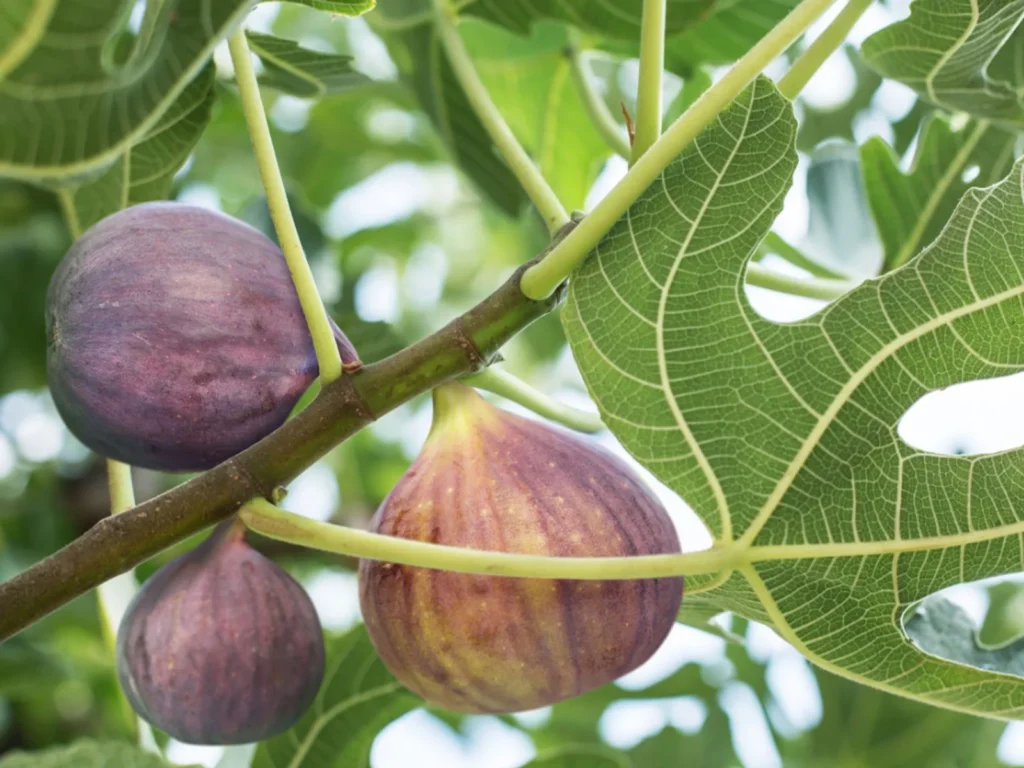

![What Kind Of Fruits Grow On Palm Trees? [10 Most Common Ones]](https://fruitonix.com/wp-content/uploads/2023/08/image-126-1024x683.png)
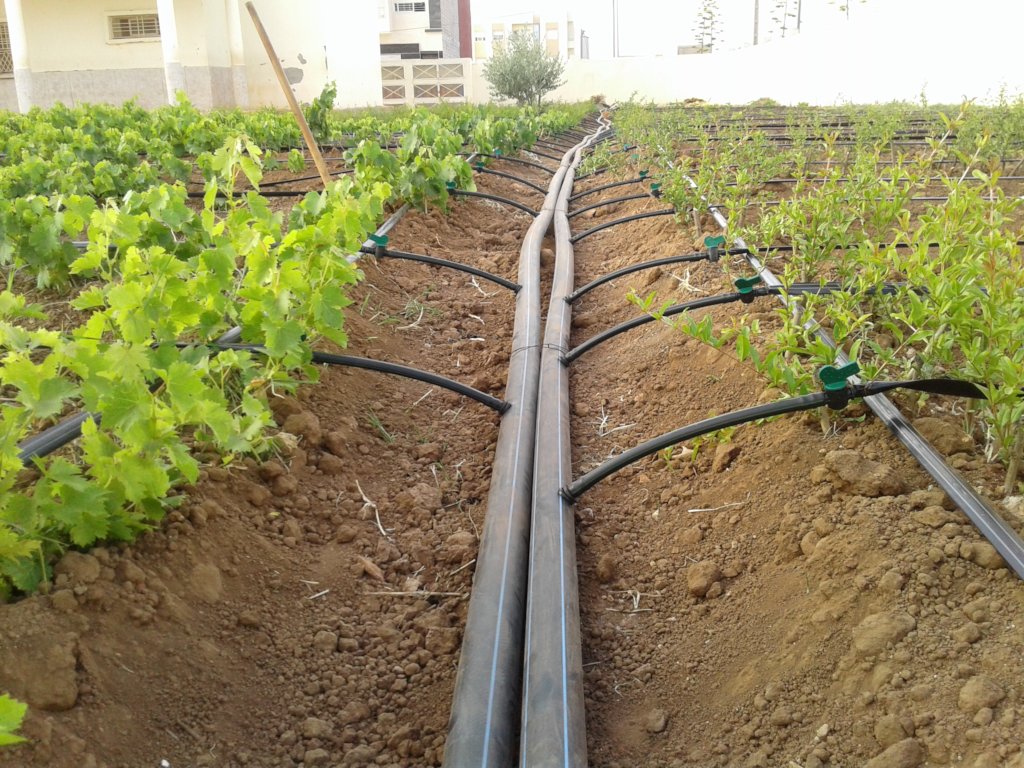
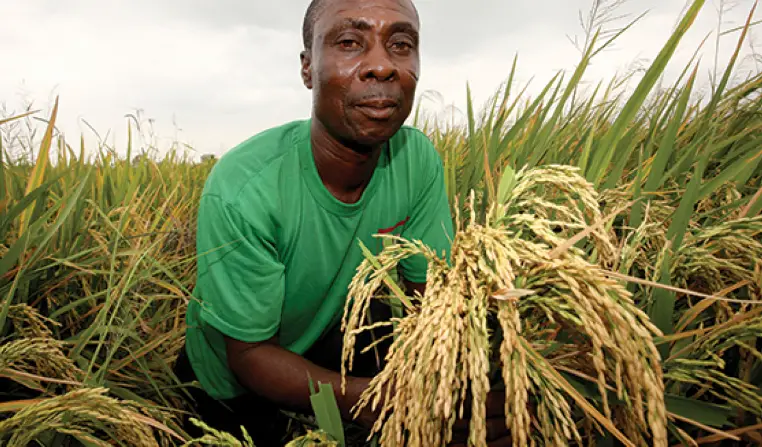
![How Long Does An Apple Tree Take To Bear Fruit? [ANSWERED]](https://fruitonix.com/wp-content/uploads/2023/06/Screenshot-2023-06-02-12.52.12-AM.png)
